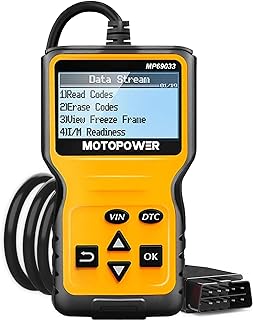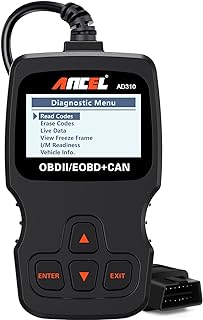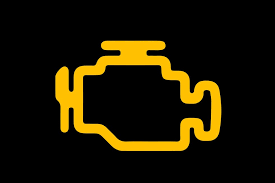I remember what it used to be like before I was a technician. When I would even see my tire light on I would freak out, let alone the check engine light. But, sometimes the check engine light can come on for certain things that we do ourselves that can be very easy fixes rather than spending hundreds to have it diagnosed and even more so for parts to fix it. As a prime example, I had a new Mazda CX-50 come in today (I’m a Mazda Certified Technician), it had about 10k miles on and it and the customer was complaining about an intermittent air bag light that would come on and off while driving. Fortunately enough for me, I had seen this before and diagnosed it as being an airbag connector under the passenger seat that gets pushed around and can slightly become pulled out from the connector. All i did was disconnect it and clean it, then reconnected it and the problem was solved. This is a prime example of how you can diagnose your own problems rather than having it done at the dealership or local shop where they would charge you at least an hour diagnostic for something like this.
So, what is the first step when you get a check engine light? CHECK THE CODES. Engine codes are like a sign saying hey there is something wrong here and it needs to be addressed. To do this, you’ll need a code reader, and here are a few you can get on amazon fairly cheap:


Another good example that I see all the time are for EVAP leaks. Generally, if you have an EVAP leak and nothing is wrong such as a purge or vent valve, it’s almost always going to be because the gas cap wasn’t tightened up all the way or the seal for the gas cap may be broken.
If you are mechanically inclined, or at the very least would like to solve a problem. Check the codes and google them to see what exactly the code is and what the possible causes could be. Even in my line of work, especially with newer cars will all the electronics and 100 modules in the car, it can be hard to pinpoint a problem. Lets say you know how to change the oil in your vehicle and change spark plugs and coils. Well, let’s say your engine light comes on one day for a P0301. That code presents when you are having a misfire from cylinder #1. Most common causes would be a worn out spark plug or coil. So, the very first thing to do would be to swap the spark plugs between cylinder 1 and another cylinder and retest. If it now says you get a misfire from the cylinder you switched with you know it’s the spark plug. If not, and you swap the coils and now see it switch, you know the coil is bad. Things like this can save you hundreds instead of paying diagnostic fees and paying labor hours for parts that are under 100$.
Another good reason to check your own engine codes is to see if the vehicle is safe to drive or not. Most of the time you’ll know by how the vehicle is running but sometimes you won’t.
Another good reason to check engine codes is because lets say your engine light along with other dash lights come on one day and its like oh my god what am I going to do. Well, with newer cars mostly, when the battery starts to go it will throw low voltage codes everywhere and cause that to happen. So, if you check your codes and see that all the codes are pointing to low voltage, you’ll know its time to replace your battery before it won’t crank at all.
In conclusion, a check engine light coming on isn’t the end of the world like most people think it is. I diagnose them almost daily and for the most part it will help you familiarize yourself with the car and what’s going on with it.



